Two Way Radio Repeaters
Though radio repeaters are not essential to participating in two-way radio communication activities, they can certainly enhance your amateur radio experience by helping you connect to fellow amateur radio enthusiasts in your area. Beyond that, two-way radio repeaters are also commonly used in public safety, transportation, and industrial communications between users, making an important component in many communication infrastructure. This is because it receives a weak or low-level radio signal and retransmits them at a higher level or stronger signal. This ability supports longer-range communication and facilitates communication in areas with weak signals.
In public safety, they serve as an indispensable tool for swift and effective coordination among emergency responders during critical incidents. It can also streamline communication between law enforcement officers during high-profile events, ensuring well-coordinated responses. Likewise, the transportation sector relies on repeaters to maintain seamless communication between drivers, dispatchers, and control centres, bolstering logistical efficiency and safety measures. Commercial drivers can also rely on repeaters to relay vital data regarding road conditions and hazards.
The influence of radio repeaters extends to industrial operations as well. In large-scale manufacturing facilities, these repeaters enable unobstructed information exchange among teams, facilitating smoother workflow execution. For example, radio repeaters enable constant contact between control centres and field operators in industries such as oil refining, optimising production processes, and adhering to safety protocols. Also, consider a construction site spanning extensive grounds, where various teams must collaborate seamlessly. Radio repeaters ensure seamless communication, minimising delays, and errors in these environments too.
The Types of Radio Repeaters Available for Sale
As mentioned, radio repeaters are devices that receive, amplify, and re-transmit a weak or low-level radio signal. There are several types of radio repeaters, including:
- Analog Radio Repeaters: These are traditional repeaters that receive and transmit analog signals. This means that analog repeaters amplify and modulate the received signal into audio before transmission. This amplification process ensures that the signal remains robust and capable of traversing greater distances.
- Digital Radio Repeaters: These repeaters receive and transmit digital signals, offering improved audio quality and expanded capabilities. This means that they convert incoming signals into a digital format, resulting in improved signal quality and more versatile processing options. Digital radio repeaters can also handle multiple calls simultaneously. This aspect holds particular significance for scenarios requiring concurrent communication, such as those encountered by first responders and organisations needing to coordinate with numerous parties. In addition, digital repeaters involve baseband processors that convert errors into binary bits, which are then corrected and sent back to the transmitter. The receiving radio subsequently corrects the downlink signal, resulting in clear and noise-free voice transmission. In terms of sound clarity, digital repeaters exhibit a remarkable advantage, ensuring a seamless transmission interrupted only by weak signals.
- Mobile Radio Repeaters: These portable repeaters like the VXR-1000V Mobile Repeater can be transported and set up at different locations. It stands as a crucial bridge, extending the journey of radio signals. Its primary function involves receiving an incoming radio signal and subsequently boosting it to a higher power level before retransmitting. This amplification process unlocks the potential for signals to traverse extended distances, overcoming barriers that would otherwise hinder communication and ensuring successful communication.
- Base Station Radio Repeaters: These are larger, stationary repeaters that are typically installed at a permanent location. These stationary nodes that are strategically positioned to extend the reach and efficacy of communication networks, establish robust and reliable communication channels. Base station repeaters also excel in their ability to receive incoming radio signals, amplify them, and subsequently retransmit them to ensure wider coverage. This amplification process enhances signal strength, enabling communication over expansive geographical areas and within settings where obstacles could otherwise hinder direct transmissions.
- D-Star Radio Repeaters: These are digital voice and data repeaters that use the D-Star protocol, which provides features like GPS data so that the received data can be relayed over the internet. Some models include the ICOM ID-RP2010V Repeater. Designed to seamlessly align with the D-STAR mode and analog FM, this repeater facilitates a harmonious mixed-mode operation, offering enhanced flexibility to meet diverse communication needs. With an integrated internal controller, the RF modules effortlessly transition into a cohesive single-band D-STAR/FM repeater, rendering the need for the ID-RP2C Controller obsolete.
- C4FM Radio Repeaters: These repeaters, like the YAESU DR-1X 144/430 Dual Band C4FM Digital Repeater, use the C4FM (Continuous 4-Level Frequency Modulation) technology, which provides improved audio quality and digital voice clarity. These types of repeaters embody adaptability, offering a blended mixed-mode operation to suit diverse communication needs.
The type of radio repeater used depends on the specific communication needs and requirements of the user.
Buy Radio Repeaters at Tecomart Today
Tecomart is a trusted supplier of amateur communication equipment for amateur radio hobbyists, and you can find a wide variety of high-quality two way radio repeaters for sale on our e-commerce website.
As a reliable authority in the field of radio communication, our track record speaks volumes about our expertise and commitment. With decades of experience under our belt, we’ve gained an in-depth understanding of communication technology. This experience has enabled us to offer solutions that align perfectly with the ever-changing landscape of communication needs. And every product we distribute, including our high-quality two-way radio repeaters, undergoes or has undergone rigorous testing to ensure exceptional performance and reliability.
Get in touch to find out more about Tecomart’s range of amateur communication equipment for sale, or to find out more about buying radio repeaters and other communication equipment at wholesale prices.
Frequently Asked Questions About Two Way Radio Repeaters
Showing all 14 results
-
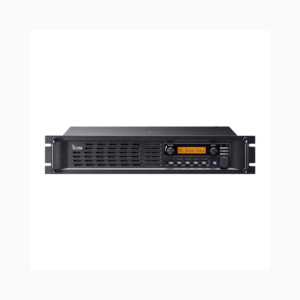
IC-FR5000 dPMR Repeater
Request a quote for latest pricing
Request A Quote -
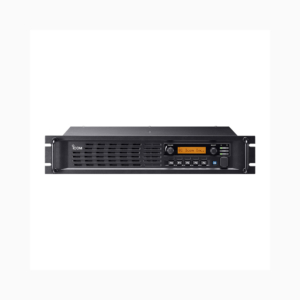
IC-FR5000 Repeater
Request a quote for latest pricing
Request A Quote -
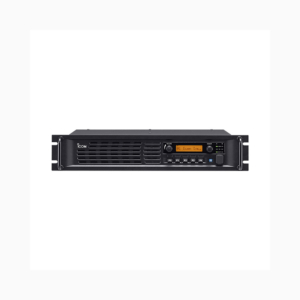
IC-FR5300 Repeater
Request a quote for latest pricing
Request A Quote -
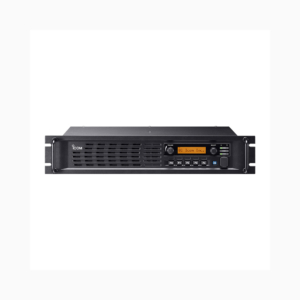
IC-FR6000 dPMR Repeater
Request a quote for latest pricing
Request A Quote -
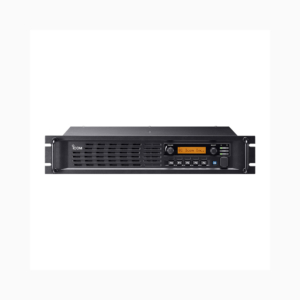
IC-FR6000 Repeater
Request a quote for latest pricing
Request A Quote -
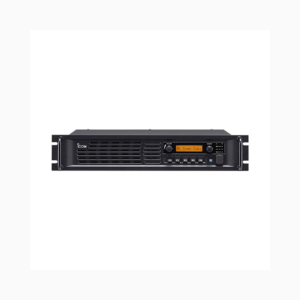
IC-FR6300 Repeater
Request a quote for latest pricing
Request A Quote -
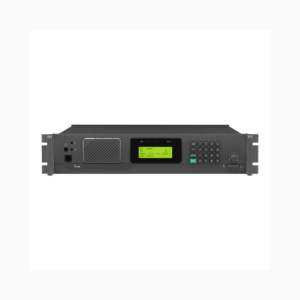
IC-FR9010 Repeater
Request a quote for latest pricing
Request A Quote -
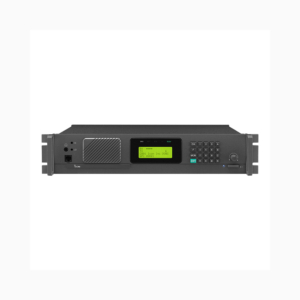
IC-FR9020 Repeater
Request a quote for latest pricing
Request A Quote -
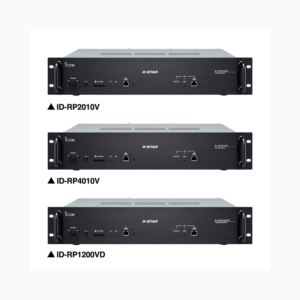
ID-RP1200VD Repeater
Request a quote for latest pricing
Request A Quote -
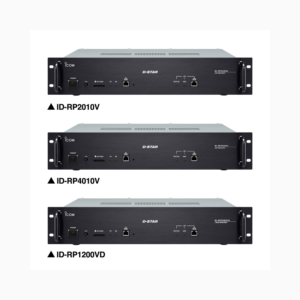
ID-RP2010V Repeater
Request a quote for latest pricing
Request A Quote -
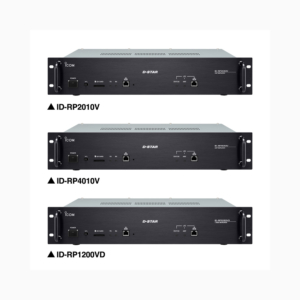
ID-RP4010V Repeater
Request a quote for latest pricing
Request A Quote -
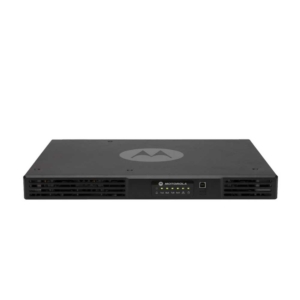
SLR5300 Repeater
Request a quote for latest pricing
Request A Quote -
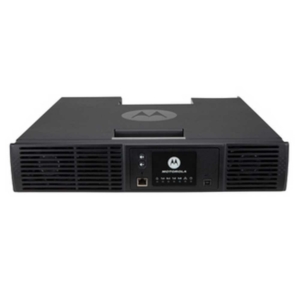
SLR8000 Repeater
Request a quote for latest pricing
Request A Quote -
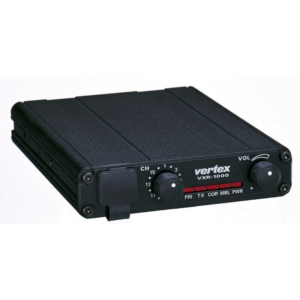
VXR-1000V Mobile Repeater
Request a quote for latest pricing
Request A Quote
